A Brief History of Coffee Culture in the US and the Waves That Defined It
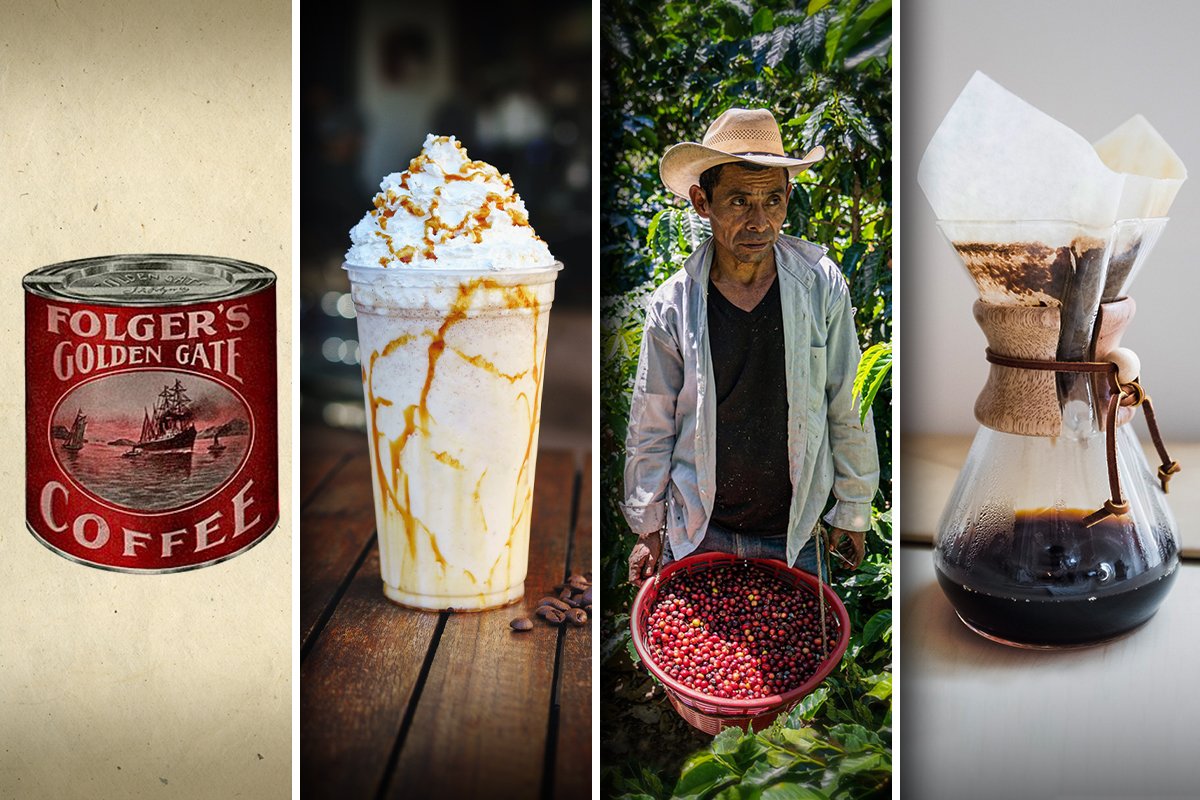
The four coffee waves show how, historically, community and culture have shaped the bean’s social meaning in the modern coffee landscape. Composite by Coffee or Die Magazine.
Since coffee was discovered in Africa hundreds of years ago, society has grown with and around the stimulating beans. Coffee has long been a potent cultural phenomenon, and the seemingly endless diversity and high quality of coffee available today is a testament to the foundation upon which modern coffee culture was built.
Coffee waves are time periods defined by the coffee industry’s relationship to its consumers and their access to and appreciation of the drink. Whereas younger consumers may have come up during the age of cafes crafting sweet cappuccinos and lattes, older consumers can recall the days of the percolator-style carafes of Maxwell House. Starting in the mid-20th century, several industrial innovations and economic trends have defined coffee’s relationship to modern society, and enthusiasts wanting to understand those “waves” need look no further than this article.
First Wave: Convenience
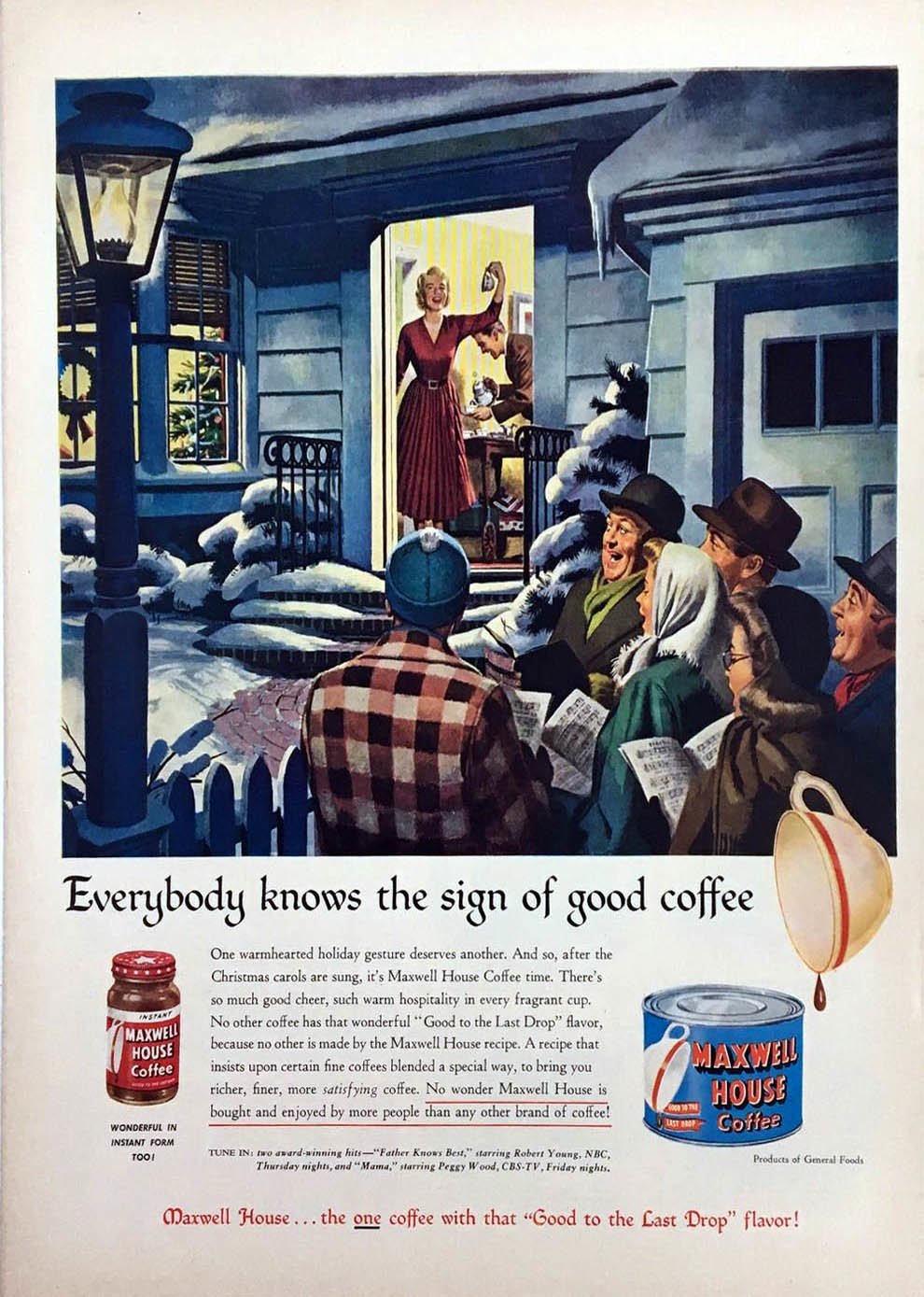
The Industrial Revolution had already put mass-produced commercial goods such as coffee on the map, but coffee didn’t become a household staple until the 1950s. No longer limited to social elites and the farmers who grew the beans, coffee hit grocery store shelves in the form of Nescafe, Maxwell House, and Folgers.
This first wave was about coffee as a commodity, and more specifically, a convenience. While the vast majority of Americans had regular access to coffee for the first time, quality was foregone in favor of mass production. But this first wave set the starting line for the quality that was to come.
Second Wave: Variety
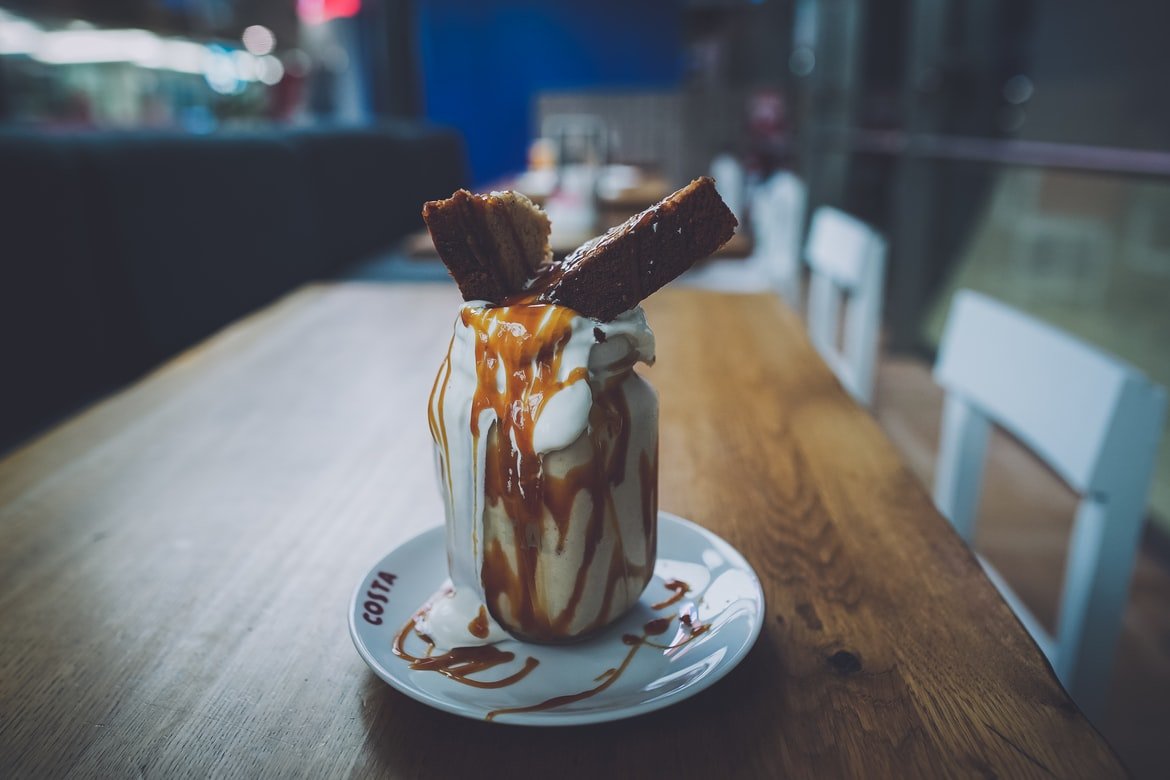
In its second wave, coffee migrated from being just a commodity to being a cultural staple. In the 1990s, franchise powerhouses such as Starbucks and Peet’s ushered in the age of espresso beverages punctuated by conglomerate-bred cafes dedicated to elevating consumers’ drinking experience. With its emphasis on what can be done with coffee as opposed to how the beans are ground and brewed, second-wave coffee beckoned consumers to demand new variations of an ancient beverage.
As cafes started offering sweet specialty drinks and bagging their own blonde and medium roasts, coffee became more than just bitter, dark roasts available in the coffee aisle, and consumers grew more discerning. The distinction in processing and variety in flavor set the stage for consumers to crave more options.
Third Wave: Art Form
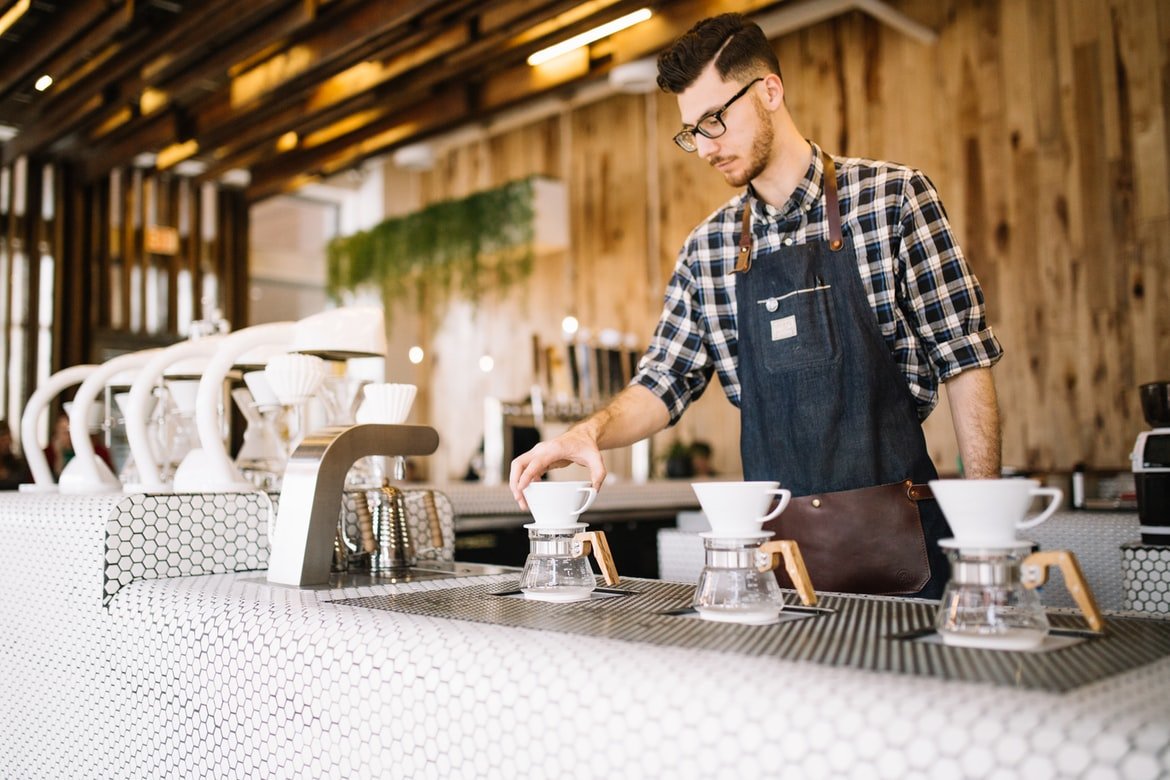
Coffee’s third wave occurred in the 2000s — a magical time for select coffee farmers and cafes alike. Having cafe culture already established meant the focus was now on the coffee beans and their roasts, flavor profiles, and origins. Coffee was no longer just culture; it was an art form with global acclaim.
Third-wave coffee was defined by the creation and global distribution of high-tier specialty coffee. Exported beans from countries around the equator (collectively known as the Coffee Belt) appeared on the shelves of cafes such as Blue Bottle Coffee, Stumptown Coffee Roasters, and Intelligentsia: Sumatra blends from Indonesia, bags of Ethiopian beans, and more. Besides booting up hulking espresso machines, third-wave coffee shops often employed manual brewing methods, such as pour overs and French presses, to optimize brew flavors.
While coffee’s third wave undoubtedly led to the expanded availability of high-quality beans and brews, that quality was often accessible only to a privileged few.
Fourth Wave: Coffee, Demystified
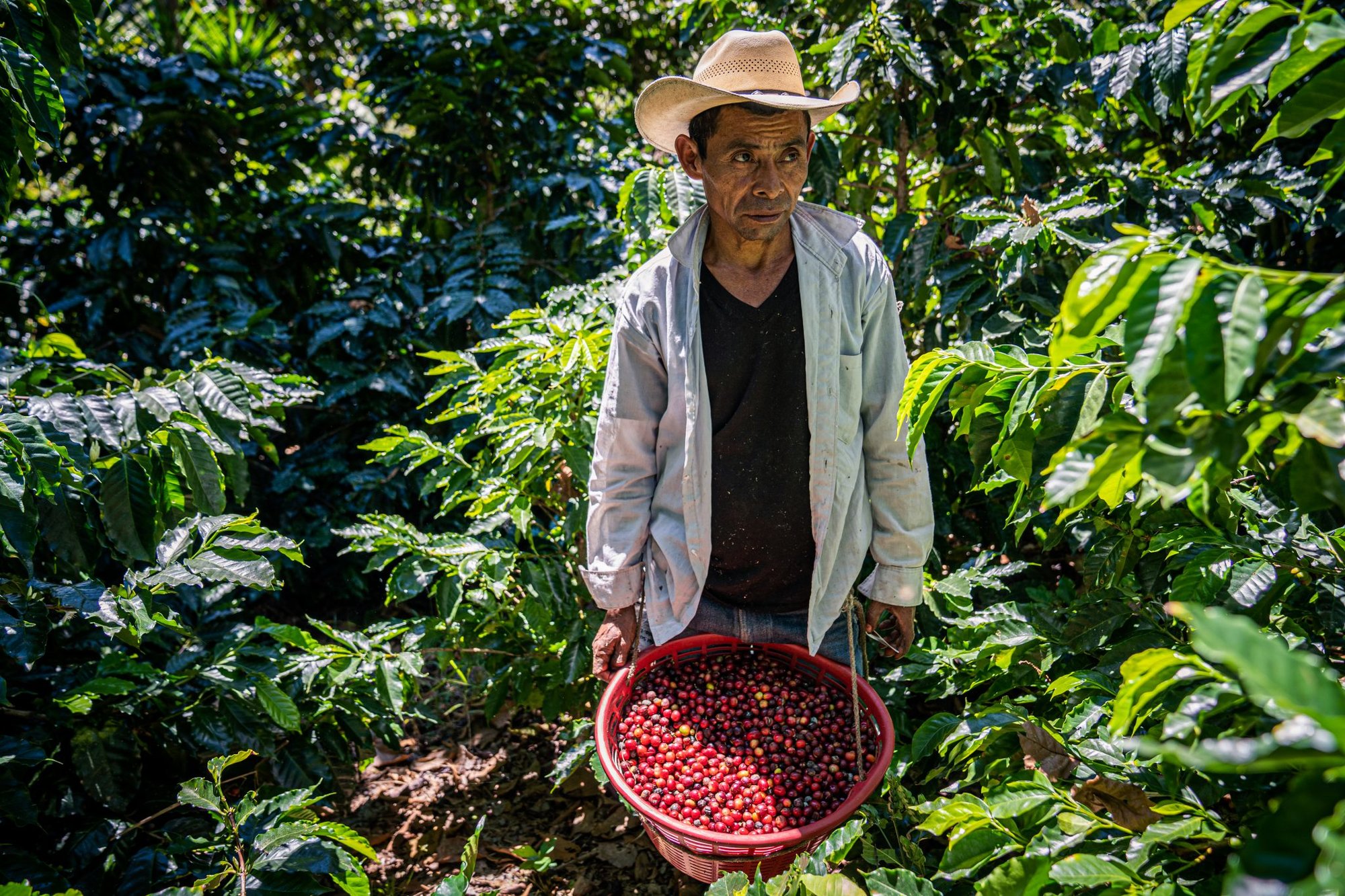
With its fidelity to the notion that coffee brewing at its best is both intricate science and art for any consumer, fourth-wave coffee — the current wave — attempts to rectify the inherent disparity of access that defined the third wave.
“Many third-wave actors are coming to accept that, to be successful, a certain economy of scale is needed,” Hernan Manson, the head of Inclusive Agribusiness Systems at the International Trade Centre, told Perfect Daily Grind recently. “For them, it means moving away from the ‘passion project’ characteristic of the third wave and towards a more commercial focus that can yield long-term profit.”
But what does that mean, and how does it manifest in consumers’ day-to-day search for the perfect cup?
Rather than simply romanticizing coffee as an art form, the fourth wave demystifies the coffee-creation process and emphasizes reliance on communities. Consumers no longer have to visit cafe chains to find specialty beans. Sometimes, it’s as easy as visiting the local grocery store or ordering from a favorite roaster online to find the same bag of Kenyan coffee that would’ve taken much more time and money to buy from a third-wave cafe.
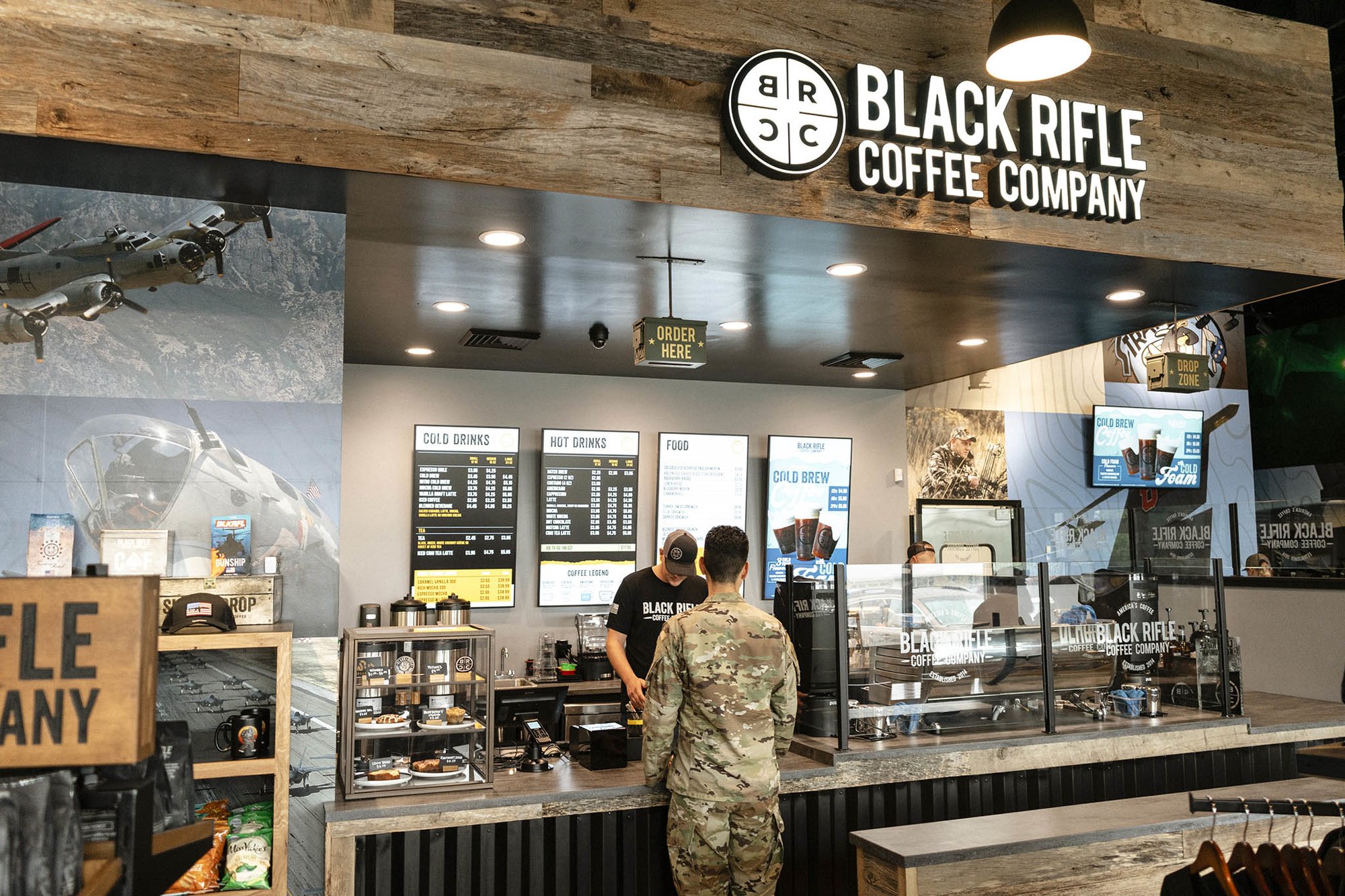
The stories of individual roasters and brands and the community fostered around coffee are major components of the fourth wave. Given their fidelity to understanding optimal methods of extracting flavor, baristas are often regarded as scientists of great renown by their customers, who seek a connection with their roasters.
As with most cultural and economic trends, how this current wave is defined will be clearer in retrospect, but the consensus seems to be that fourth-wave coffee focuses on creating premium access for the masses, as well as making the best coffee possible via scientific studies of the bean.
Ultimately, coffee’s fourth wave isn’t about knowing everything about coffee. For some, it’s about making sure their coffee is saving birds or helping another worthwhile cause, and for others, it’s as simple as making sure their favorite beans were roasted in America.
Read Next:
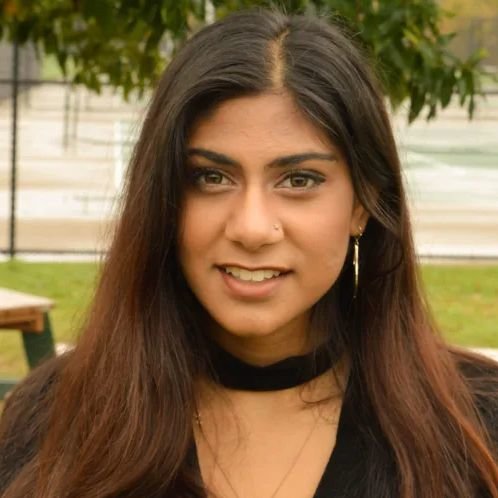
BRCC and Bad Moon Print Press team up for an exclusive, limited-edition T-shirt design!
BRCC partners with Team Room Design for an exclusive T-shirt release!
Thirty Seconds Out has partnered with BRCC for an exclusive shirt design invoking the God of Winter.
Lucas O'Hara of Grizzly Forge has teamed up with BRCC for a badass, exclusive Shirt Club T-shirt design featuring his most popular knife and tiomahawk.
Coffee or Die sits down with one of the graphic designers behind Black Rifle Coffee's signature look and vibe.
Biden will award the Medal of Honor to a Vietnam War Army helicopter pilot who risked his life to save a reconnaissance team from almost certain death.
Ever wonder how much Jack Mandaville would f*ck sh*t up if he went back in time? The American Revolution didn't even see him coming.
A nearly 200-year-old West Point time capsule that at first appeared to yield little more than dust contains hidden treasure, the US Military Academy said.












